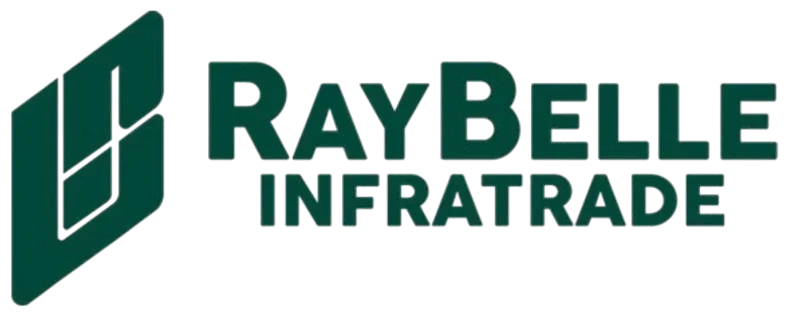How GFRP Benefits Contractors
Glass Fiber Reinforced Polymer (GFRP) is increasingly becoming a preferred material for contractors across various construction projects. Its unique properties not only enhance the quality of construction but also streamline the overall process. Here are some key benefits that GFRP brings to contractors:
1. Corrosion Resistance
One of the standout advantages of GFRP is its exceptional resistance to corrosion. Unlike steel, which can deteriorate over time when exposed to moisture and chemicals, GFRP maintains its structural integrity in harsh environments. This means less frequent repairs and lower long-term maintenance costs, providing contractors with peace of mind and clients with durable structures.
2. Lightweight Nature
GFRP is significantly lighter than traditional materials, making it easier to handle, transport, and install. This lightweight characteristic can lead to reduced labor costs and faster project completion times, allowing contractors to take on more projects simultaneously.
3. High Strength-to-Weight Ratio
Despite its lightness, GFRP offers a high strength-to-weight ratio. This means that it can effectively support structural loads without adding unnecessary weight to the project. For contractors, this translates into design flexibility and the ability to create innovative solutions without compromising structural integrity.
4. Design Flexibility
The versatility of GFRP allows for a wide range of shapes and sizes, making it suitable for complex architectural designs. Contractors can easily adapt GFRP components to meet specific project requirements, enabling more creative and efficient construction solutions.
5. Reduced Construction Time
Because GFRP is easy to handle and install, projects can be completed more quickly. This efficiency not only benefits contractors by allowing them to finish jobs faster but also leads to increased client satisfaction and the potential for repeat business.
6. Enhanced Safety
GFRP is non-conductive and non-magnetic, making it a safer option in environments where electrical conductivity poses risks. This feature is particularly beneficial for contractors working on projects in sensitive areas, such as hospitals or data centers.
7. Sustainability
With increasing emphasis on sustainable construction practices, GFRP offers an eco-friendly alternative. Its long lifespan and reduced need for maintenance contribute to a lower overall environmental impact. Contractors can leverage this aspect to appeal to environmentally-conscious clients.
Conclusion
Incorporating GFRP into construction projects presents numerous advantages for contractors, from cost savings and increased efficiency to enhanced durability and design flexibility. As the construction industry continues to evolve, GFRP is poised to play a significant role in shaping the future of building practices.
Ready to explore how GFRP can transform your next project? Contact us today for expert insights and tailored solutions that will benefit your construction efforts!
